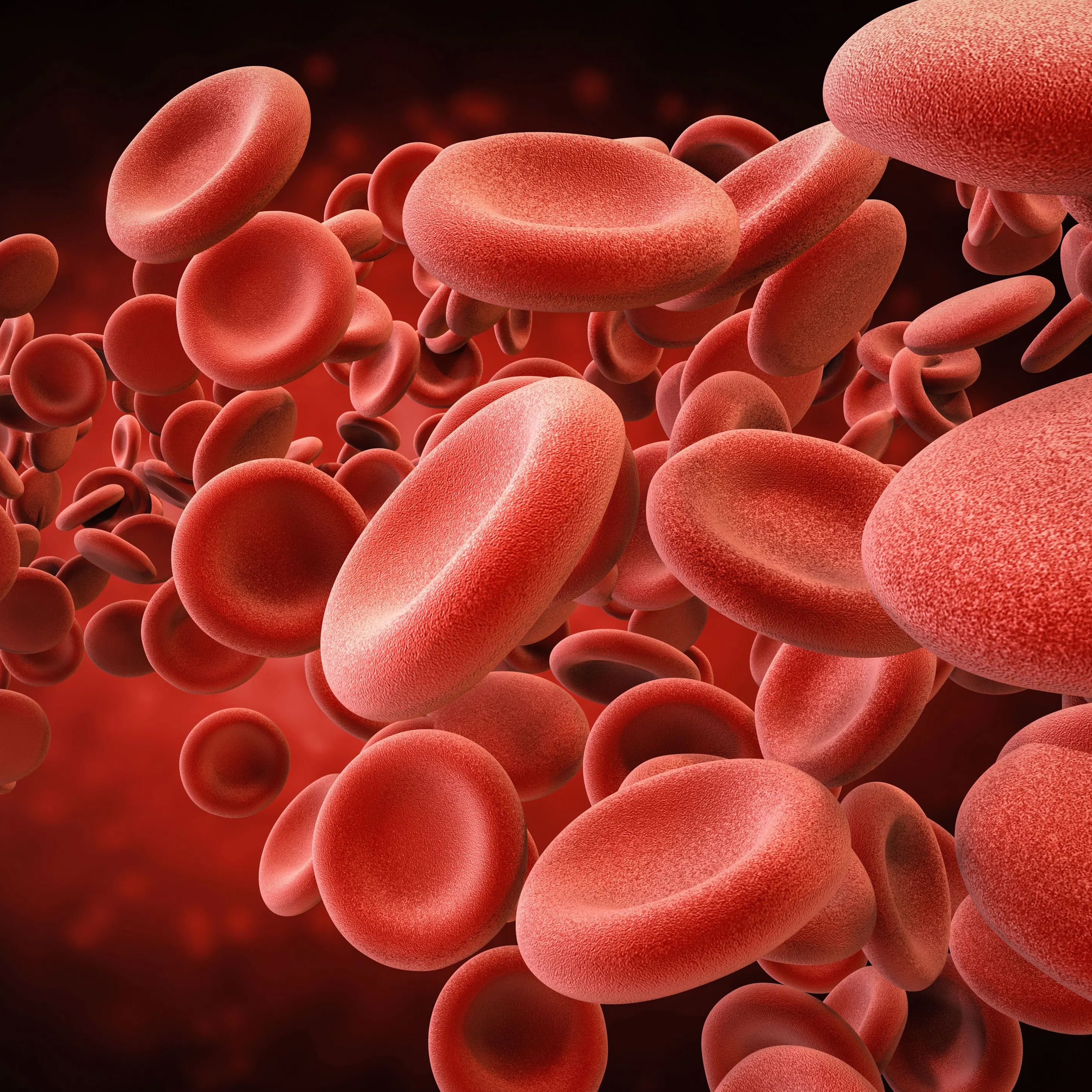Publication
Article
Cardiology Review® Online
What does the J-shaped curve spell out when lowering blood pressure?
Author(s):
The manuscript by Messerli and colleagues, entitled "Dangers of aggressively lowering blood pressure in coronary artery disease," raises a controversial issue with important clinical implications—the J-shaped curve.
The manuscript by Messerli and colleagues, entitled “Dangers of aggressively lowering blood pressure in coronary artery disease,” raises a controversial issue with important clinical implications—the J-shaped curve. In this study, primary outcomes had a J-shaped relationship to blood pressure, decreasing as blood pressures were lowered and rising again as blood pressures decreased further. This report is a secondary analysis of data from the International Verapamil-Trandolapril Study (INVEST), which was an international, multicenter open—design study with blinded end point assessment of 22,008 persons conducted between September 1997 and February 2003. The patients were randomly assigned to either the verapamil group or the atenolol group with options to add hydrochlorothiazide and/or trandolapril. The study included clinically stable hypertensive subjects with coronary artery disease (CAD) over the age of 50 years. Coronary artery disease was defined as a confirmed myocardial infarction (MI) ≥3 months before enrollment, coronary angiography showing >50% narrowing of at least 1 major coronary artery, classic angina pectoris, or concordant abnormalities on 2 different signals (electrocardiography, echocardiography, or radionuclide scans) from stress test findings concordant for ischemia (ie, ST-segment depression or perfusion defects on radionuclide scanning or wall-motion abnormalities on echocardiography or radionuclide scanning). Exclusion criteria included an MI ≥3 months before enrollment or class IV or V congestive heart failure. Blood pressure goals were < 140 mm Hg systolic pressure and < 90 mm Hg diastolic pressure or < 130 mm Hg systolic and < 85 mm Hg diastolic blood pressures in those with diabetes or renal failure. Trandolapril was recommended for those with heart failure, diabetes, or renal failure. The primary outcome included all-cause mortality, fatal and nonfatal MI, fatal and nonfatal stroke, and average on-treatment blood pressure before outcome or censoring.
Because both arms of the study groups had equivalent primary outcomes, main secondary outcomes, and on-treatment systolic and diastolic pressures, the data for all enrolled patients were combined following the intention-to-treat principle. The patients were pooled by 10-mm Hg strata of average follow-up systolic and diastolic blood pressures. Blood pressure control was higher in this study compared with similar studies of hypertension and demonstrated a parallel decrease in systolic and diastolic blood pressures. There was a J-shaped relationship between systolic and diastolic blood pressures and increased pulse pressures for primary outcome (all-cause death, nonfatal MI or nonfatal stroke), being more pronounced for diastolic blood pressures below 70-80 mm Hg. Non US residency, hypercholesterolemia, or diabetes was associated with a higher risk for primary outcomes with diastolic blood pressures > 90 mm Hg whereas patients with revascularization of coronary arteries tolerated lower diastolic blood pressures. Myocardial infarction rates increased over strokes with progressively lower diastolic blood pressures and MI and strokes increased with high diastolic pressures.
The authors conclude that this study demonstrated a greater J-shaped relationship with diastolic blood pressures ranging from 70 to 80 mm Hg as compared with systolic blood pressures achieved with either atenolol-based or verapamil sustained—release-based strategies in stable hypertensive subjects with CAD. They stress that the study does not prove that the treatment of hypertension and overzealous reduction in diastolic blood pressure caused the increase in mortality and morbidity. The study emphasizes, however, the point that patients with hypertension, CAD, and lower diastolic blood pressures are at higher risk for the primary outcomes.
Although the J-shaped curve appears to exist in certain populations, it is a controversial issue that needs further investigation. Other studies, such as the Irbesartan Diabetic Nephropathy Trial (IDNT), demonstrated a progressive increase in cardiac events below blood pressures of 120/80 mm Hg in a similar secondary analysis of the data, whereas the Hypertension Optimal Treatment (HOT) study demonstrated a significant reduction in cardiovascular events with diastolic blood pressures < 80 mm Hg in patients with diabetes.1,2 Support for this J-shaped relationship comes from studies that demonstrated electrocardiographic evidence of ischemia with low diastolic blood pressures during 24 hour ambulatory blood pressure monitoring.3 Pathophysiologically, there is a rational basis for the J-shaped relationship between cardiac events and diastolic pressures because coronary arteries are mainly perfused during diastole. Lowering the diastolic blood pressures in subjects with compromised coronary blood flow might reduce perfusion to critical levels to induce ischemia or MI. The J-shaped relationship between cardiac events and strokes raises many important issues concerning lowering blood pressures in those with diabetes mellitus or chronic kidney disease of most etiologies (ie, to delay progression of kidney failure). The increase in cardiac events when diastolic pressures are <70 mm Hg, as noted by Messerli et al, creates a therapeutic dilemma. Lowering blood pressure to preserve renal function, for example, might result in increased cardiac events, especially in populations where there is a high prevalence of underlying ischemic heart disease. Moreover, it is uncertain whether the J-shaped curve is applicable to therapeutic regimens other than atenolol-based or verapamil sustained-release. Future studies will hopefully address this problem directly as primary outcomes (rather than as secondary analyses of larger, differently focused studies) and will delineate more precisely the clinical conditions in which the J-shaped relationship will be most applicable. Future studies might also correlate noninvasive determinations of central aortic pressures with traditional brachial systolic and diastolic blood pressures and cardiovascular outcomes. This approach would be similar to the CAFE study, in which central aortic pressures did not always correlate with traditional brachial systolic pressures.4






